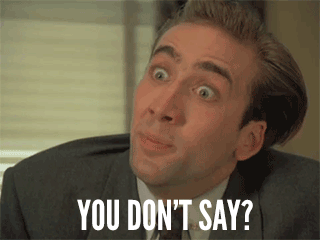James Freeman
Rock Star
- Messages
- 4,300
Warning: This post contains PERSONAL OPINION.
I'm not impressed.
The Gain, Tone Stack, Presence (negative feedback) and especially Master Volume controls don't behave anything like on a tube amp.
It's one dimensional, there is only one sound in it, no matter how I fiddle with the knobs.
I've also tested for 'swirl' and bias excursion that all Class AB long-tail PI tube poweramps have, yeah, forget about it.
In essence, it's a single sound fuzz box with a shaping EQ.
IK has made captures accessible to everyone and when everyone tries captures the hype will inevitably cool down and a new era of understanding will arise.
Yours truly,
The friendly party pooper, know-it-all, Helix shill, James Freeman.
I'm not impressed.
The Gain, Tone Stack, Presence (negative feedback) and especially Master Volume controls don't behave anything like on a tube amp.
It's one dimensional, there is only one sound in it, no matter how I fiddle with the knobs.
I've also tested for 'swirl' and bias excursion that all Class AB long-tail PI tube poweramps have, yeah, forget about it.
In essence, it's a single sound fuzz box with a shaping EQ.
IK has made captures accessible to everyone and when everyone tries captures the hype will inevitably cool down and a new era of understanding will arise.
Yours truly,
The friendly party pooper, know-it-all, Helix shill, James Freeman.





